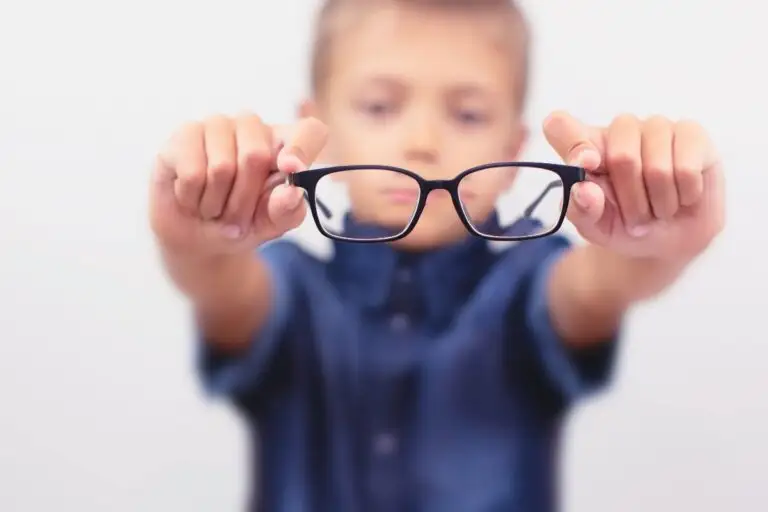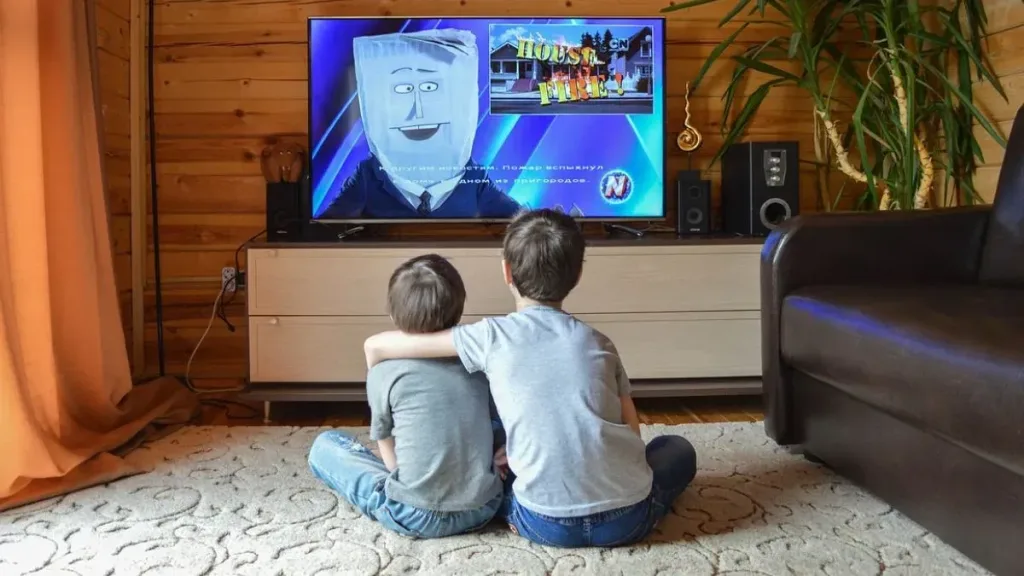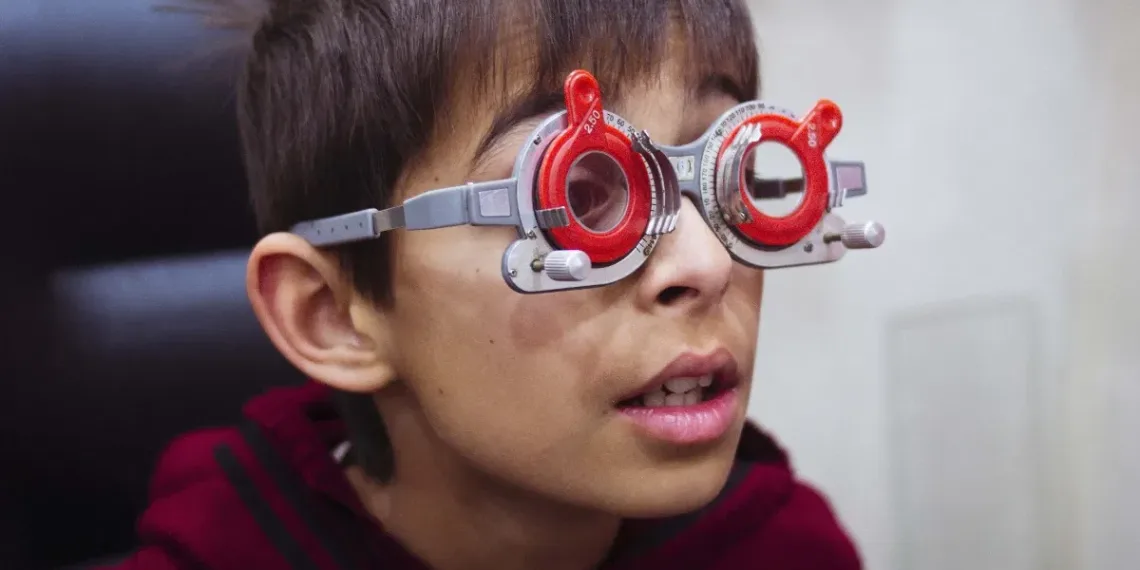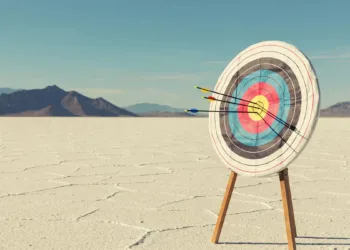India is staring at a potential myopia epidemic among children, with experts warning that nearly 50% of kids could be affected by 2050 if current screen usage trends continue. This alarming projection highlights how excessive screen time is becoming a serious public health concern across the nation.

Table of Contents
Childhood Myopia in India: Alarming Statistics
| Metric | Data |
|---|---|
| Projected Impact | 50% of children by 2050 |
| Current Urban Rate | 21% (aged 5-15, as of 2019) |
| Historical Rate | 4% (1999) |
| Screen Usage Under 10 | 81% (Rajkot survey) |
| Digital Eye Strain | 50%+ in under-5s with extended screen time |
| Primary Cause | Excessive screen exposure |
The Digital Eye Strain Epidemic
According to research published in the journal Cureus, over 50% of children under five exposed to extended screen time show symptoms of digital eye strain. These alarming symptoms include fatigue, headaches, sleep disturbances, and mood-related behavioral changes that could impact long-term development.
Dr. Deepti Joshi from MM Joshi Eye Institute explains that “prolonged screentime puts school-age children at higher risk of ocular digital stress like increased incidence of myopia, rapid progression of myopia, squint, and dry eye disease.”

How Screen Time Damages Young Eyes
The problem goes beyond simple eye strain. Screen-emitted blue light creates a dual threat – damaging the retina through free radicals while suppressing melatonin production, leading to disrupted sleep patterns that affect overall health and development.
Between 1999 and 2019, myopia rates among urban Indian children aged 5-15 skyrocketed from just over 4% to more than 21%. A Saurashtra University survey revealed that 81% of children under 10 regularly use screens, primarily for entertainment during meals.
Expert-Recommended Solutions
Health professionals advocate a balanced approach combining screen time limits with better digital habits:
- The 20-20-20 Rule: Every twenty minutes, take a twenty-second break and look at something 20 feet away to reduce digital eye stress.
- Blue Light Protection: Use devices with blue light filter modes and flicker-free displays when possible.
- Parental Controls: Implement strict screen time limits and use devices with built-in parental control features.
Technology Companies Respond
Some manufacturers are addressing these concerns proactively. The OPPO Pad SE features TÜV Rheinland-certified low blue light and flicker-free displays, along with Kids Mode for parental controls and adaptive eye-protection settings.

As Savio D’Souza from OPPO India notes, “innovation isn’t just about performance metrics, it’s about designing technology that improves life in a measurable, meaningful way.”
The solution requires collaboration between parents, educators, healthcare providers, and technology companies to create safer digital environments for India’s children.
Stay informed about health and technology trends at Technosports.
FAQs
What’s the recommended daily screen time for children?
Experts recommend strict limits with regular breaks using the 20-20-20 rule.
Can blue light filters really help prevent myopia?
Yes, blue light filters and flicker-free displays can reduce digital eye strain.








